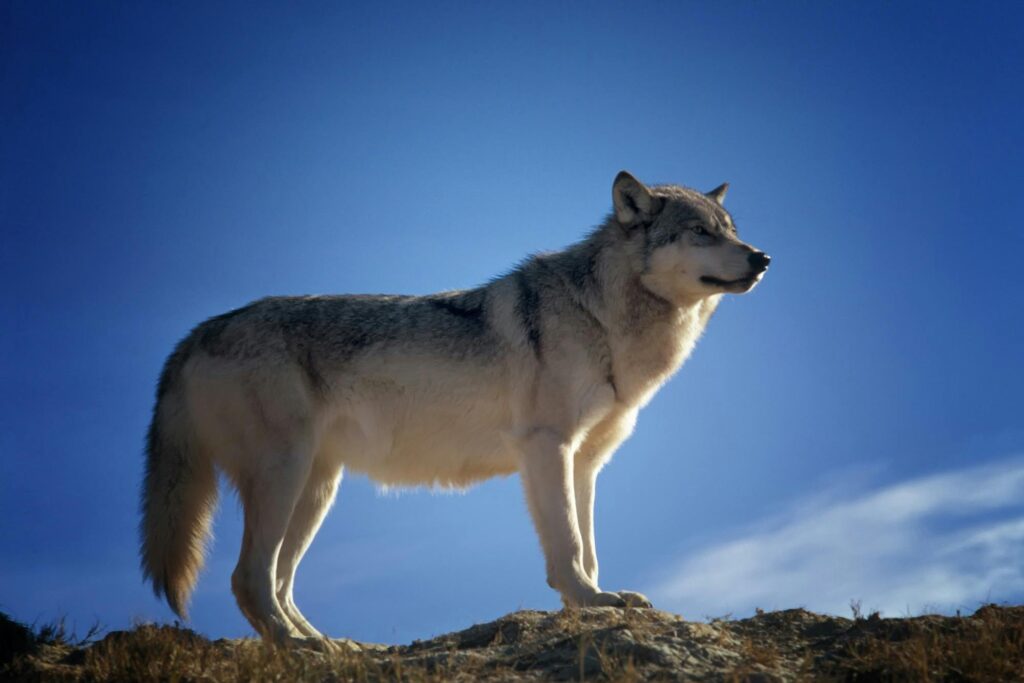
The gray wolf (Canis lupus) is one of the most well-known and admired animals in the world. As a symbol of strength, intelligence, and teamwork, the gray wolf has fascinated humans for centuries. These majestic creatures are found in various habitats across the globe and play an essential role in maintaining ecological balance. In this article, we will explore the special characteristics, abilities, weaknesses, habitat, diet, and interesting facts about the gray wolf.
Special Characteristics of the Gray Wolf
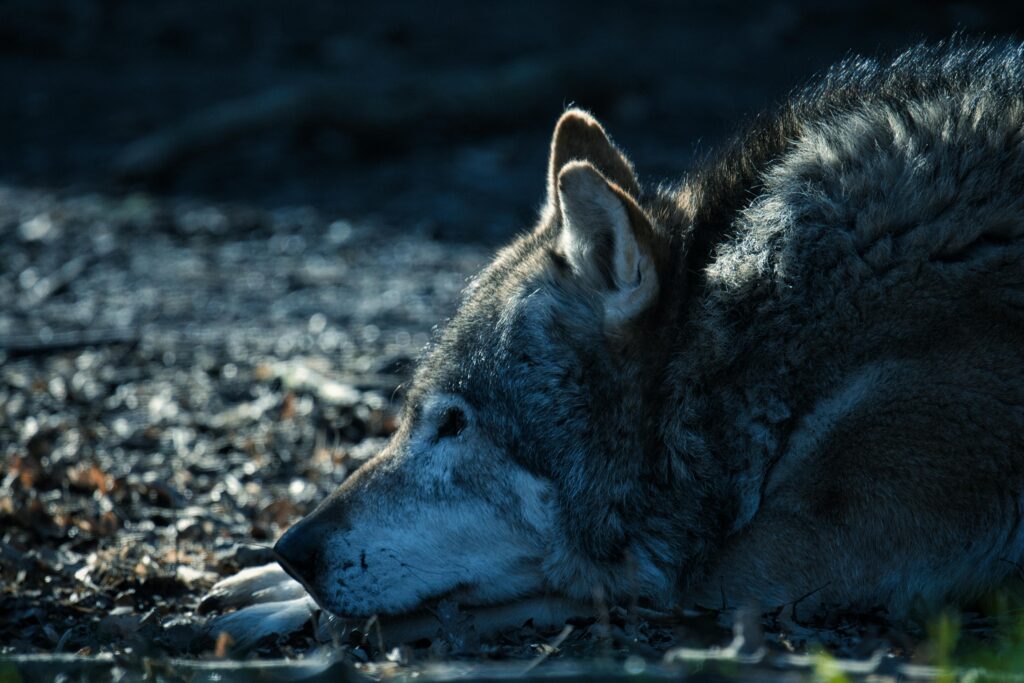
Gray wolves possess several unique physical and behavioral traits that make them remarkable predators. Some of their most notable characteristics include:
1. Thick Fur Coat
The gray wolf’s dense fur provides insulation against harsh weather conditions. While the typical color is gray, their fur can also be black, white, or brown, allowing them to blend with their surroundings for effective camouflage.
2. Impressive Size and Strength
Adult male gray wolves can weigh between 30 to 50 kg (66 to 110 lbs) and measure up to 6 feet (1.8 meters) in length, including their bushy tails. Their strong bodies and muscular legs allow them to travel long distances in search of food.
3. Sharp Teeth and Strong Jaws
With 42 sharp teeth, wolves have powerful jaws capable of crushing bones. Their teeth are specially adapted for tearing flesh and chewing tough meat, making them efficient carnivores.
4. Unique Howling Abilities
Wolves communicate with their pack members through howls, growls, barks, and whines. Their howls can travel distances of up to 10 miles (16 kilometers), serving to reunite pack members, warn rivals, or locate lost companions.
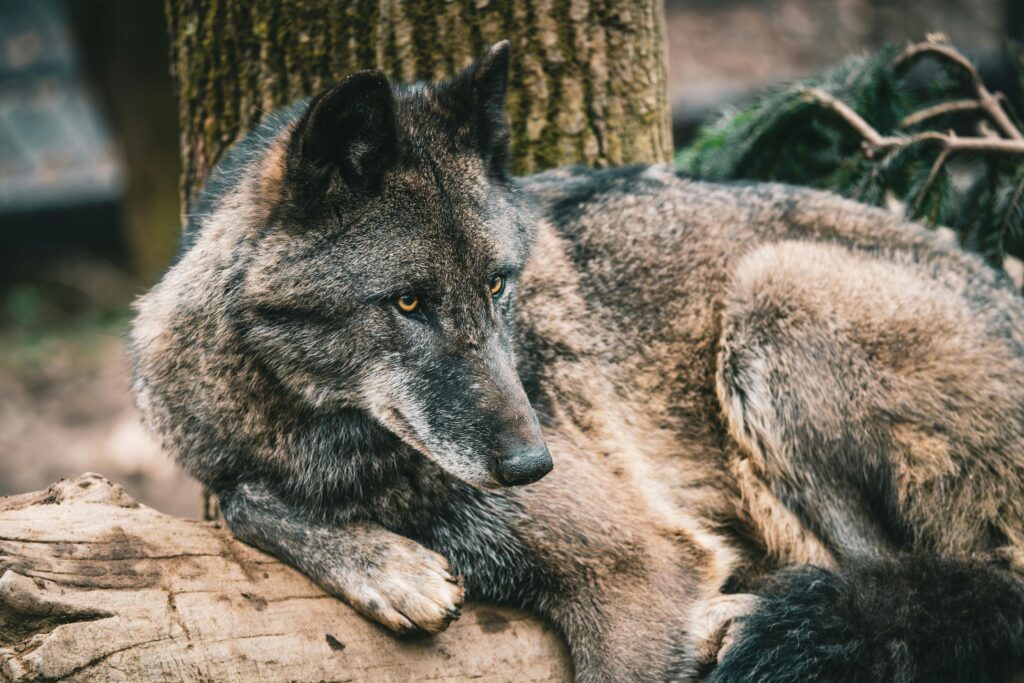
Special Abilities of the Gray Wolf
Gray wolves are not just physically powerful; they possess remarkable survival skills and social behaviors that make them successful predators.
1. Strong Pack Bonds
Wolves live and hunt in packs, which are highly organized social units consisting of 6 to 10 members, including an alpha male and female. Pack cooperation helps them tackle large prey and protect their territory from intruders.
2. Exceptional Hunting Skills
Equipped with a keen sense of smell, sharp eyesight, and acute hearing, gray wolves can detect prey from miles away. They are patient hunters, using strategic teamwork to corner and take down large animals such as deer, elk, and moose.
3. Speed and Stamina
Despite their large size, wolves are agile runners and can reach speeds of 40 miles per hour (64 kilometers per hour) over short distances. Their endurance allows them to pursue prey for long distances if necessary.
4. Adaptability to Various Environments
Gray wolves are incredibly adaptable and can thrive in diverse habitats such as forests, grasslands, tundras, and mountains. Their ability to adjust their diet and behavior helps them survive in challenging conditions.
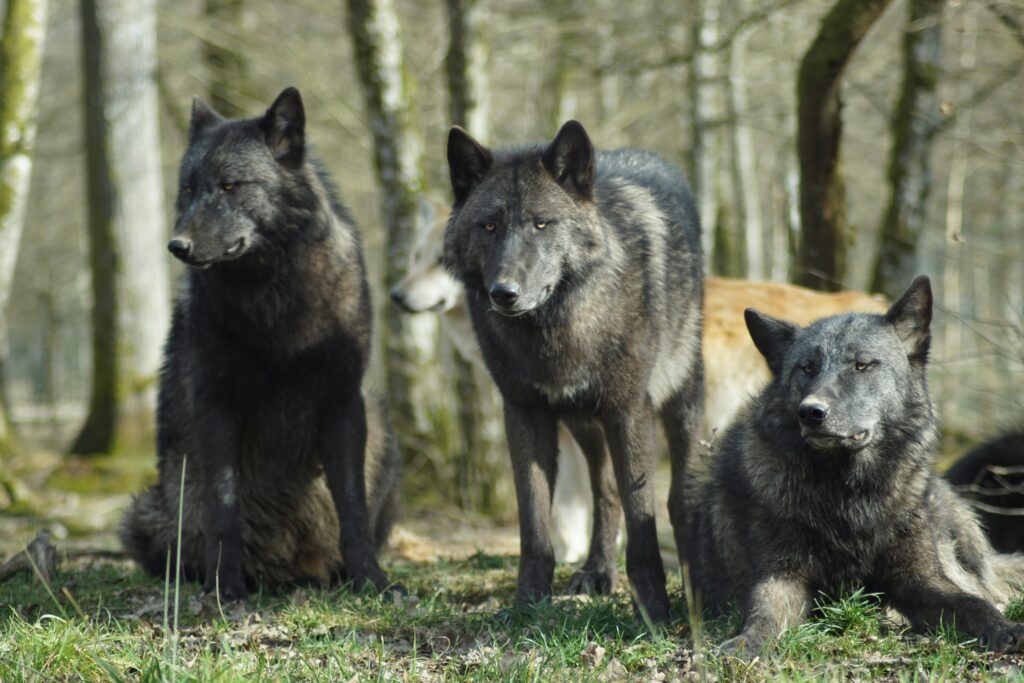
Habitat and Distribution of the Gray Wolf
Gray wolves are highly versatile and are found across North America, Europe, and Asia. They prefer regions with dense forests, open plains, and cold climates, where they can roam freely and hunt efficiently. However, habitat destruction and human expansion have led to a decline in their population in many regions.
Diet of the Gray Wolf
As carnivores, gray wolves primarily hunt and consume large herbivores such as:
- Deer
- Elk
- Moose
- Caribou
In times of food scarcity, they may also hunt smaller animals like rabbits, beavers, and rodents. Wolves can consume up to 9 kilograms (20 pounds) of meat in a single meal and often hide surplus food for later consumption.
Challenges and Weaknesses of the Gray Wolf
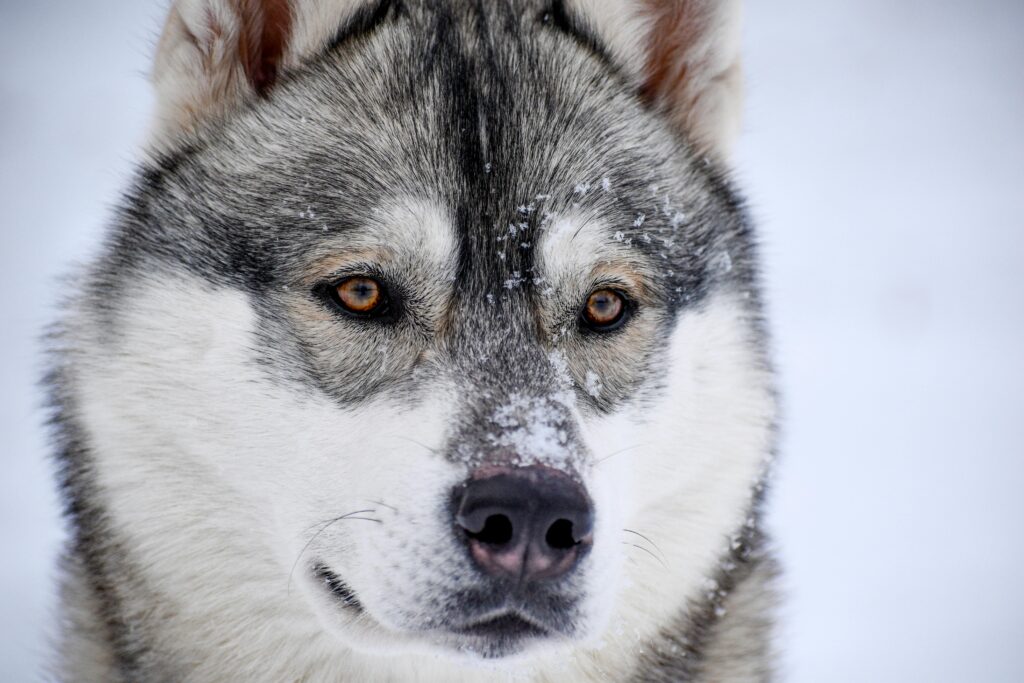
Despite their formidable skills and resilience, gray wolves face several challenges that threaten their survival.
1. Human Interference
Habitat destruction, illegal hunting, and conflicts with farmers have greatly reduced wolf populations. In many regions, wolves are hunted due to their perceived threat to livestock.
2. Energy Limitations
While they can run fast, wolves cannot maintain high speeds for long periods and may tire if prey manages to escape during a chase.
3. Competition with Other Predators
In the wild, wolves face competition from predators such as bears and cougars, which can challenge them for food and territory.
4. Harsh Environmental Conditions
Severe winters and food shortages can make survival difficult for wolves, especially when prey becomes scarce or when harsh weather limits their ability to hunt.
Interesting Facts About Gray Wolves
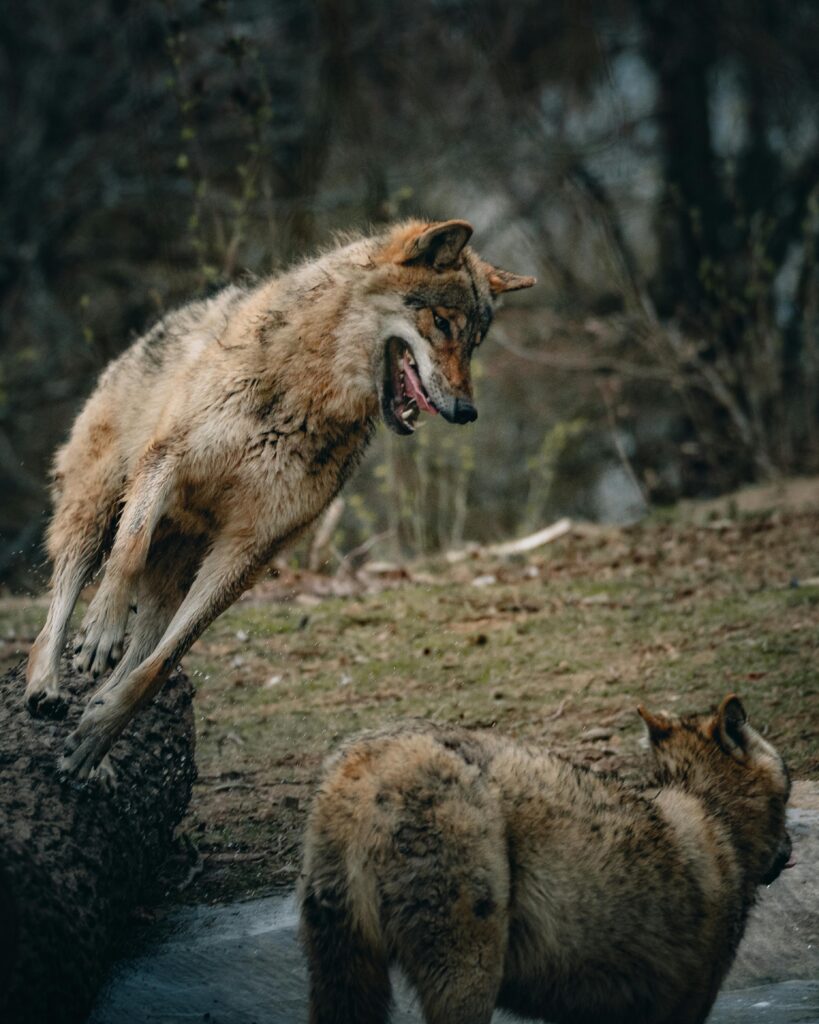
Gray wolves are full of fascinating traits that make them one of the most intriguing creatures in the animal kingdom.
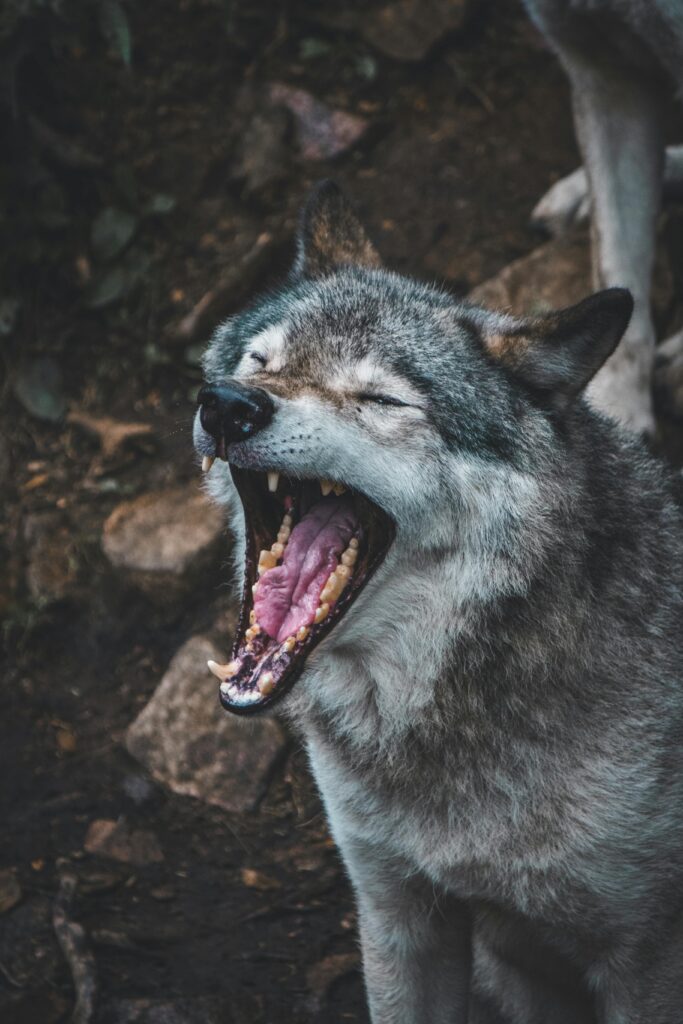
- A wolf’s howl can carry over 10 miles in open terrain.
- Wolves are known for their strong social bonds and usually remain loyal to their pack for life.
- They are distant relatives of domestic dogs, sharing a common ancestor thousands of years ago.
- Wolves can travel up to 12 miles (19 kilometers) per day while searching for food.
- They help maintain ecological balance by controlling herbivore populations, preventing overgrazing of vegetation.
Conservation Efforts for the Gray Wolf
Due to habitat loss and human-wildlife conflict, gray wolves have been classified as endangered or threatened in several regions. Conservation efforts include:
- Protection laws and hunting regulations to prevent overhunting.
- Wildlife corridors to allow wolves to move freely between habitats.
- Educational programs to raise awareness about the importance of wolves in ecosystems.
By supporting conservation initiatives and promoting coexistence, we can help ensure the survival of these magnificent creatures for generations to come.












